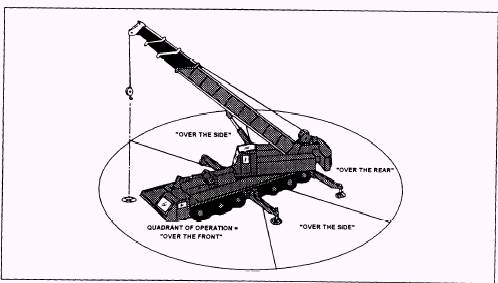


This is all well and good when actually lifting but what about the loads and pressures that are imposed when raising a long boom or relocating a crawler crane? So, if we are doing our job right, when planning and executing a lifting operation, we should be giving some concentrated attention to ensuring the crane is well supported. In the real world, however, when dealing with non-engineered more “routine” operations and less certain ground conditions without a defined bearing figure and no geotechnical support, it might be appropriate to simply take a very conservative approach to load distribution to cover the uncertainty. There are relatively few instances of cranes overturning during lifting when these questions are correctly addressed. Many crane manufacturers (and others) offer ground bearing pressure estimators or software (stand-alone or in-built) that allow the lift planner to estimate the loads and pressures the crane will impose regarding ground capability, there are a number of avenues to determining a design pressure, including soil testing, boring logs, historical information, codes and presumptive figures for matting analysis there is advice to be found in text books and publications, if all else fails, there are conservative rules of thumb (not recommended). To address these questions, there are tools available. how effective is the matting or other distribution system in distributing the loads?

what is the maximum load or pressure the crane will impose in use? So, when designing a support system, there are first some logical steps to be taken and questions to be asked: Achieving good support may involve some ground preparation and-or improvement and likely some matting to distribute the imposed loads to a level that the ground can safely withstand without failure or excessive settlement.


 0 kommentar(er)
0 kommentar(er)
